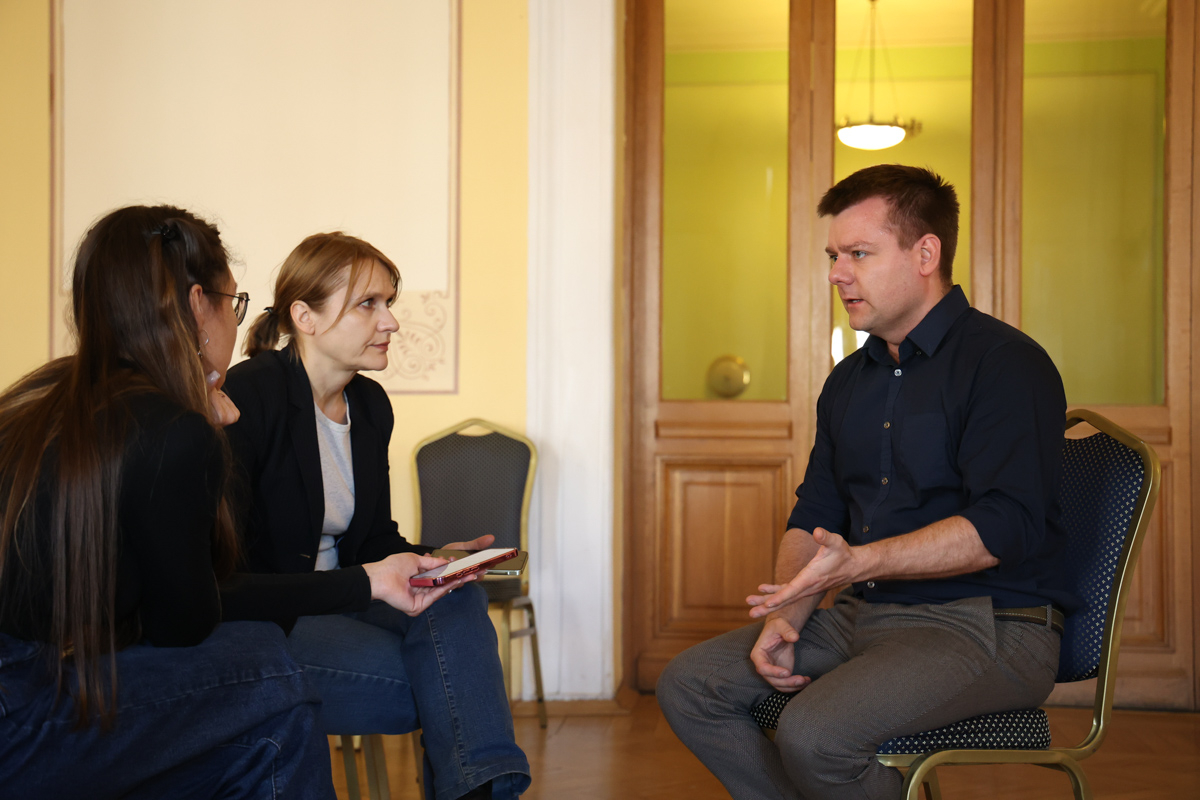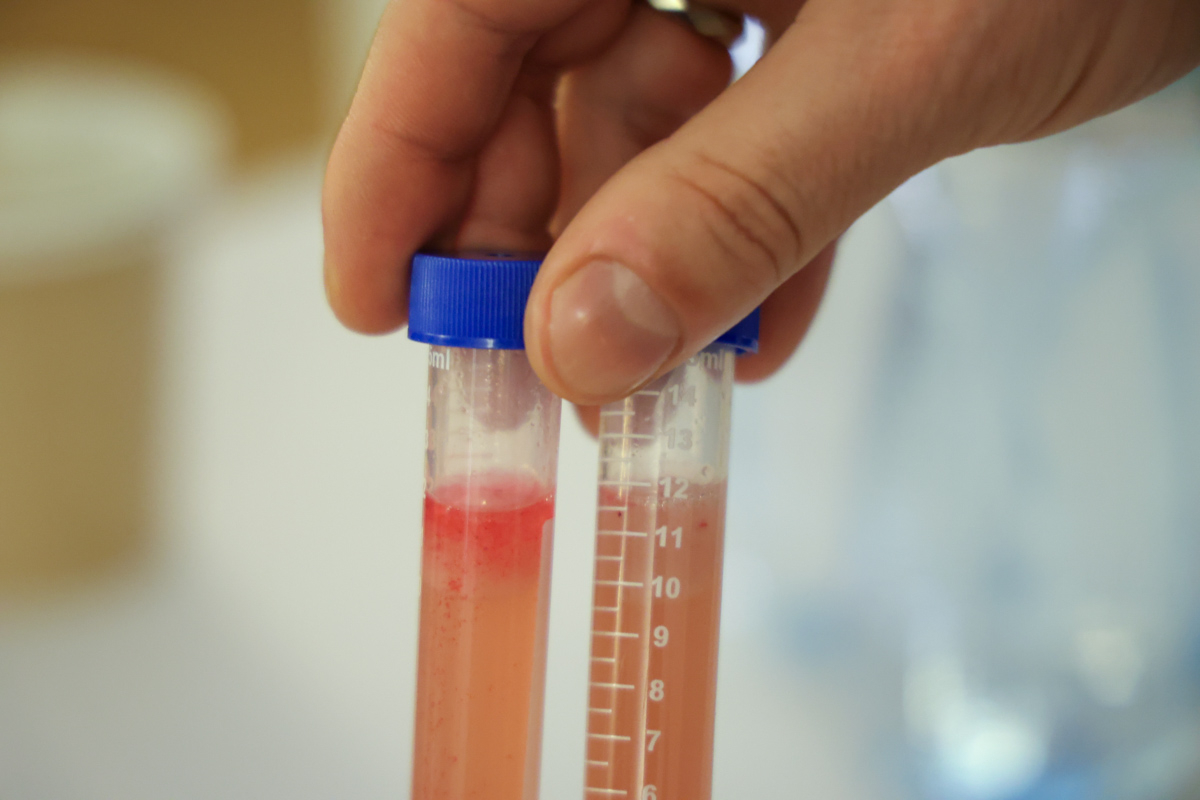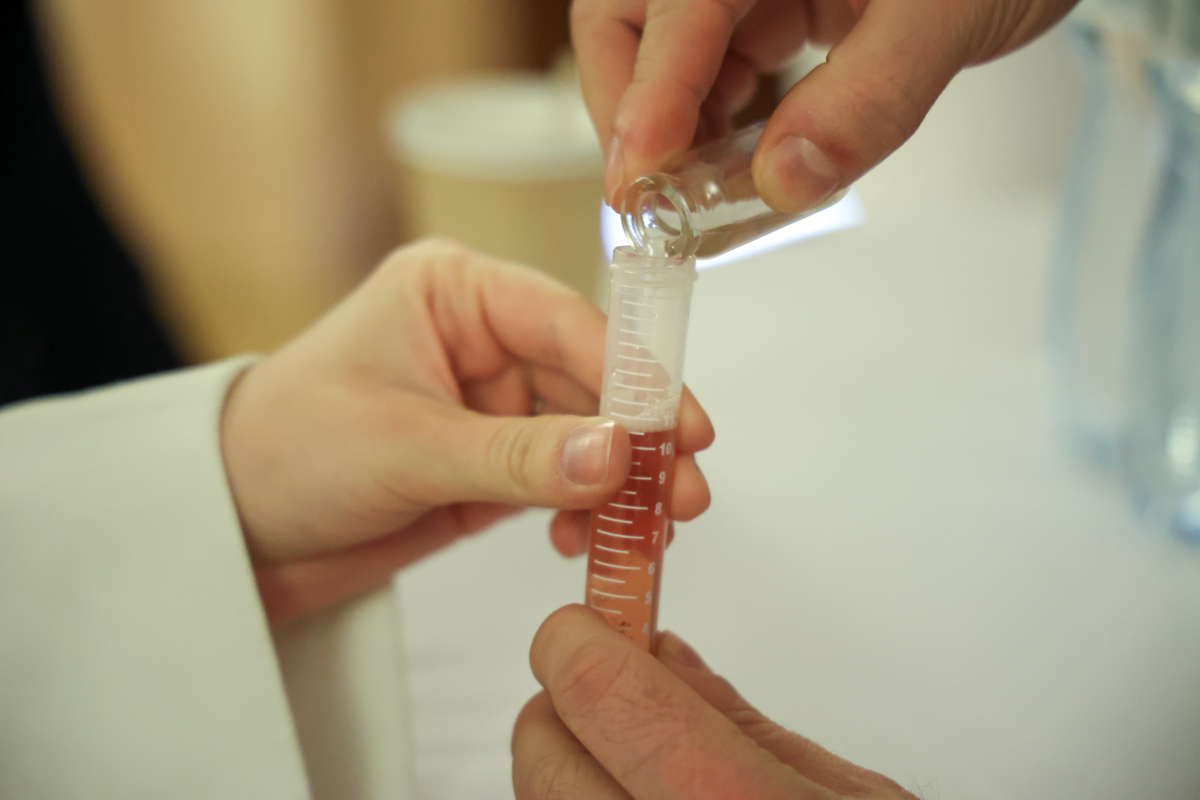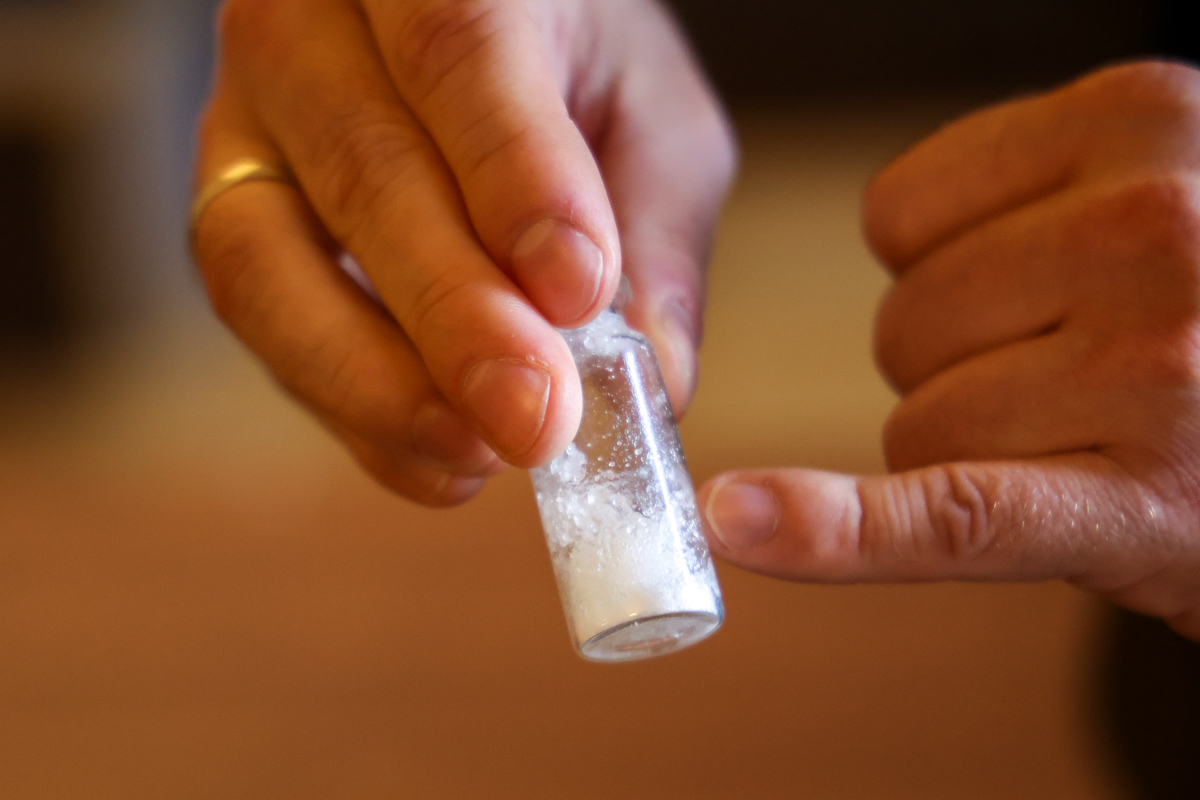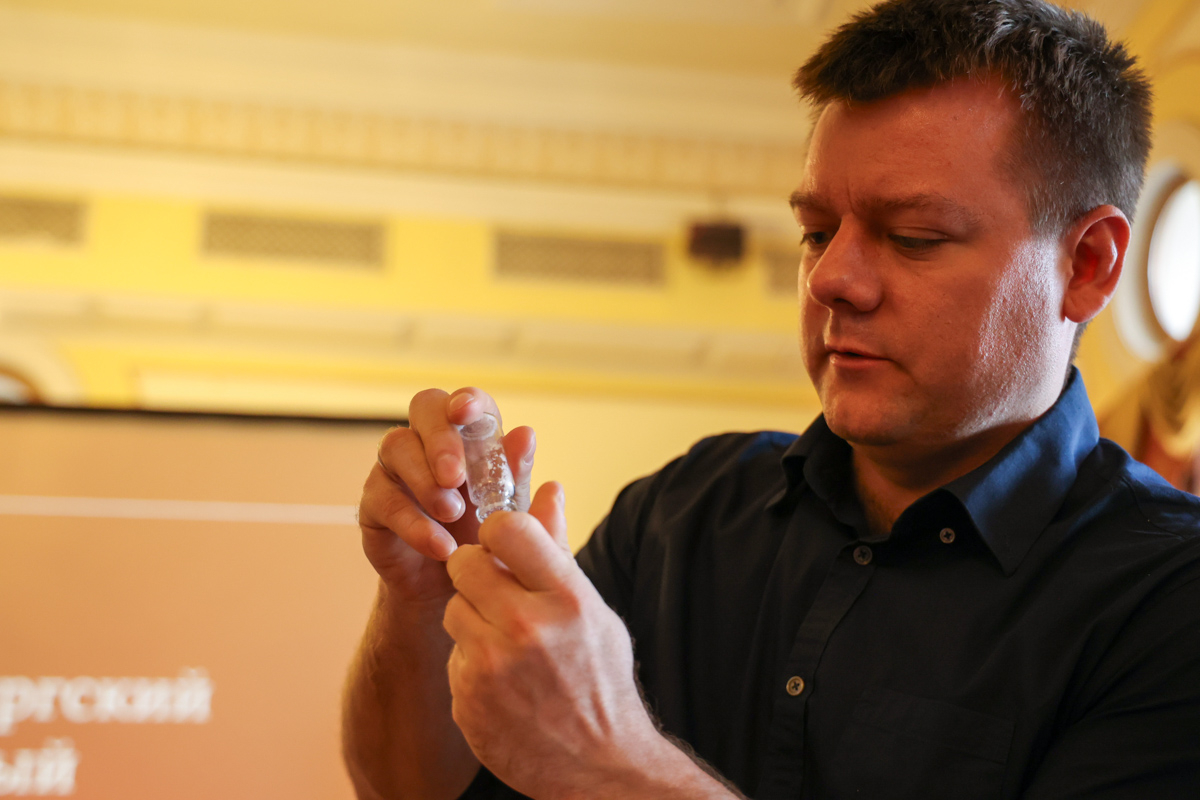A chemist from St Petersburg University speaks about environmentally friendly solvents of the future at the Science Lunch
Andrei Shishov, Professor in the Department of Analytical Chemistry at St Petersburg University spoke at the Science Lunch about deep eutectic solvents (DESs) — compounds used across a wide range of fields, from medicine to industry — known for their environmental friendliness.
Deep eutectic solvents are innovative substances composed of simple and inexpensive components, such as choline chloride and urea. They possess unique properties: they are non-toxic, biodegradable, highly soluble, and can be easily tailored for specific applications. The use of DESs in the energy sector has the potential to transform biofuel production. By enabling more efficient processing of plant raw materials, they increase the yield of useful products and reduce energy consumption.
Professor Shishov noted that in metallurgy, DESs can be used to extract valuable metals — such as gold, copper, and rare earth elements — from industrial waste and low-grade ores, a process that was previously economically unfeasible. In polymer chemistry, DESs offer new methods for processing cellulose and producing biodegradable plastics. In electrochemistry, they enable the development of batteries with increased capacity and safety.
One of the main advantages of deep eutectic solvents is their versatility and cost-effectiveness: production costs are significantly lower than those of traditional solvents, while efficiency is often higher.
‘The components required to produce DESs are affordable for almost any laboratory. Furthermore, preparation involves a simple mechanical mixing process carried out under normal conditions, without the need for elevated temperatures or specialised equipment. This process opens up the possibility of combining different solvents like a construction set. You can combine substances in various proportions and repeat the process as many times as you like — and the effect will always be different,’ said Professor Shishov.
Professor Andrei Shishov was awarded the Russian President’s Prize in Science and Innovation for Young Scientists for 2022. Under his leadership, chemists at St Petersburg University are developing practical applications for DESs. For example, they have developed a method for determining heavy metals in food. They have also created a new deep eutectic solvent that can be used to detect the therapeutic concentration of isoniazid — one of the most commonly used anti-tuberculosis drugs — in human blood plasma.


